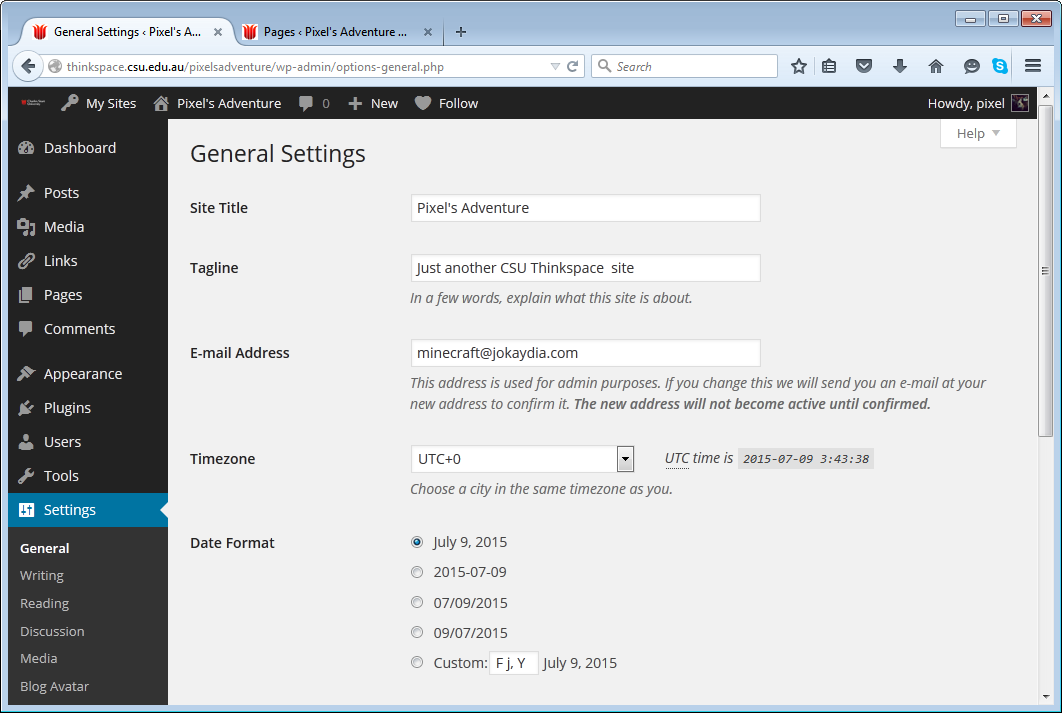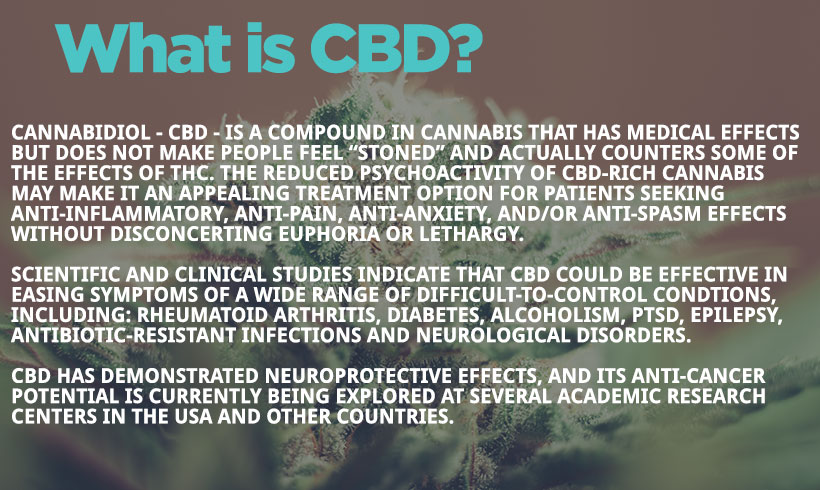– Mom to youngster transmission throughout pregnancy, site (www.zilahy.info) delivery or breast-feeding
– Sexual contact with an HIV-infected particular person
– Sharing needles with somebody who’s HIV-constructive
– Blood transfusion with HIV-contaminated blood products (this risk is now minimal attributable to current blood screening practices by blood banks)
HIV just isn’t unfold by:
Hepatitis B viral infection is a serious international healthcare downside. It is a potentially life-threatening liver infection attributable to the hepatitis B virus (HBV). It is often transmitted via body fluids like blood, semen, and vaginal secretions. The majority (more than 95%) of immunocompetent adults infected with HBV can clear the infection spontaneously. Patients can current with acute symptomatic illness or have an asymptomatic infection that’s recognized during screening for HBV. The clinical manifestations of HBV infection differ in each acute and chronic diseases. During the acute infection, patients can have subclinical or anicteric hepatitis, icteric hepatitis, or much less commonly fulminant hepatitis. In chronic infection, patients can have an asymptomatic carrier state, chronic hepatitis, cirrhosis, and hepatocellular carcinoma.
In acute HBV infection, anti-HBc (initially both IgM and IgG) appears 1-2 weeks after the appearance of HBsAg (49) (Figure 2). IgM anti-HBc often turns into undetectable inside 6 months, and IgG anti-HBc predominates and remains detectable for a prolonged time frame, usually life-lengthy (65,66). The presence of IgM anti-HBc is indicative of acute infection, whereas IgG anti-HBc indicates previous infection (65,66). In individuals who get better from HBV infection, HBsAg is eliminated from the blood and anti-HBs develops, sometimes within 3-four months. The presence of anti-HBs is usually indicative of immunity to HBV infection (8). Anti-HBs also could be detected for 4-6 months following HBIG administration (10). Individuals who recover from pure HBV infection are typically optimistic for both anti-HBs and anti-HBc, whereas persons who reply to HepB vaccine are optimistic only for anti-HBs. Roughly 0.5%-2% of persons with chronic infection spontaneously clear HBsAg yearly; anti-HBs will develop within the majority of those individuals (8).
In one investigation carried out by the new York City Division of Well being, prevalence of tuberculin positivity (21%) amongst contacts of pulmonary TB patients who also had, or later developed, AIDS was not considerably different from that amongst contacts of comparable pulmonary TB patients with no analysis of AIDS (30%) (CDC/New York Metropolis Division of Well being, unpublished knowledge).
In the United States (US), present insurance policies exist to stop HBV transmission via immunization of newborns, college-aged children, and other at-threat populations. Three HBV monovalent vaccines are broadly accessible and are extremely effective at preventing infection with the completion of 2 or three dose schedules. Furthermore, screening and prognosis of chronic HBV is available with standard serologic checks, including hepatitis B surface antigen (HBsAg), hepatitis B core antibody (anti-HBc), and hepatitis B surface antibody (anti-HBs). Amongst individuals confirmed to have chronic infection (i.e., presence of HBsAg for at ≥ 6 months) and who meet the American Affiliation for the Research of Liver Diseases (AASLD) guideline criteria for antiviral therapy (2), there are a number of oral antiviral brokers which might be highly efficient in achieving lengthy-term virologic suppression, which in turn have been demonstrated to scale back the chance of liver-related complications (4).








































